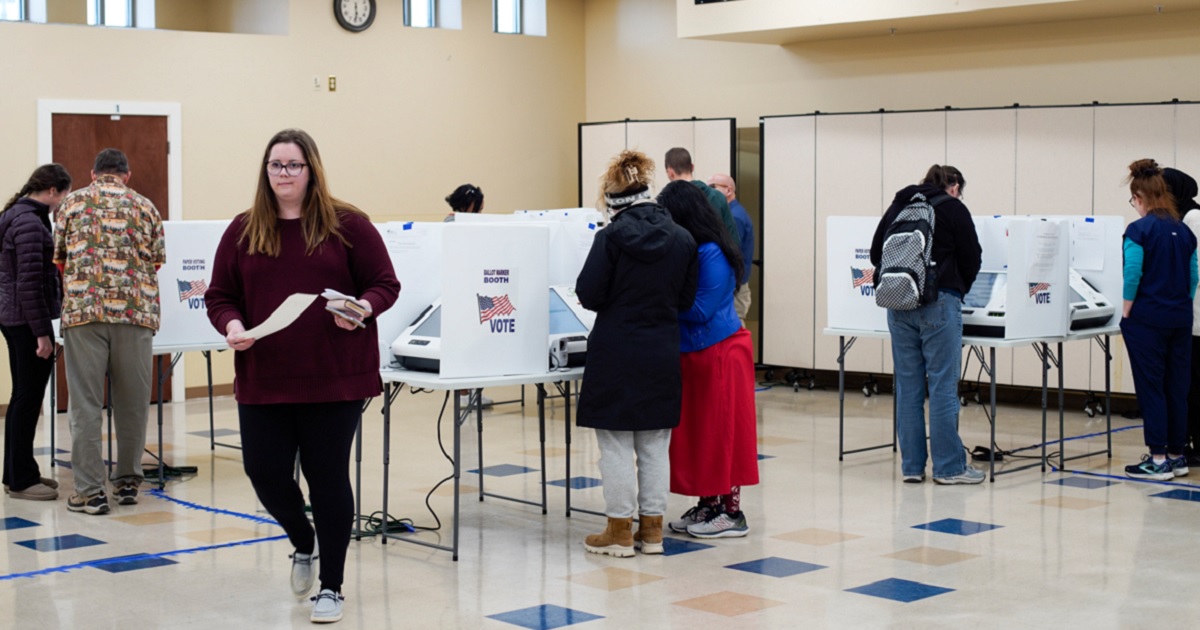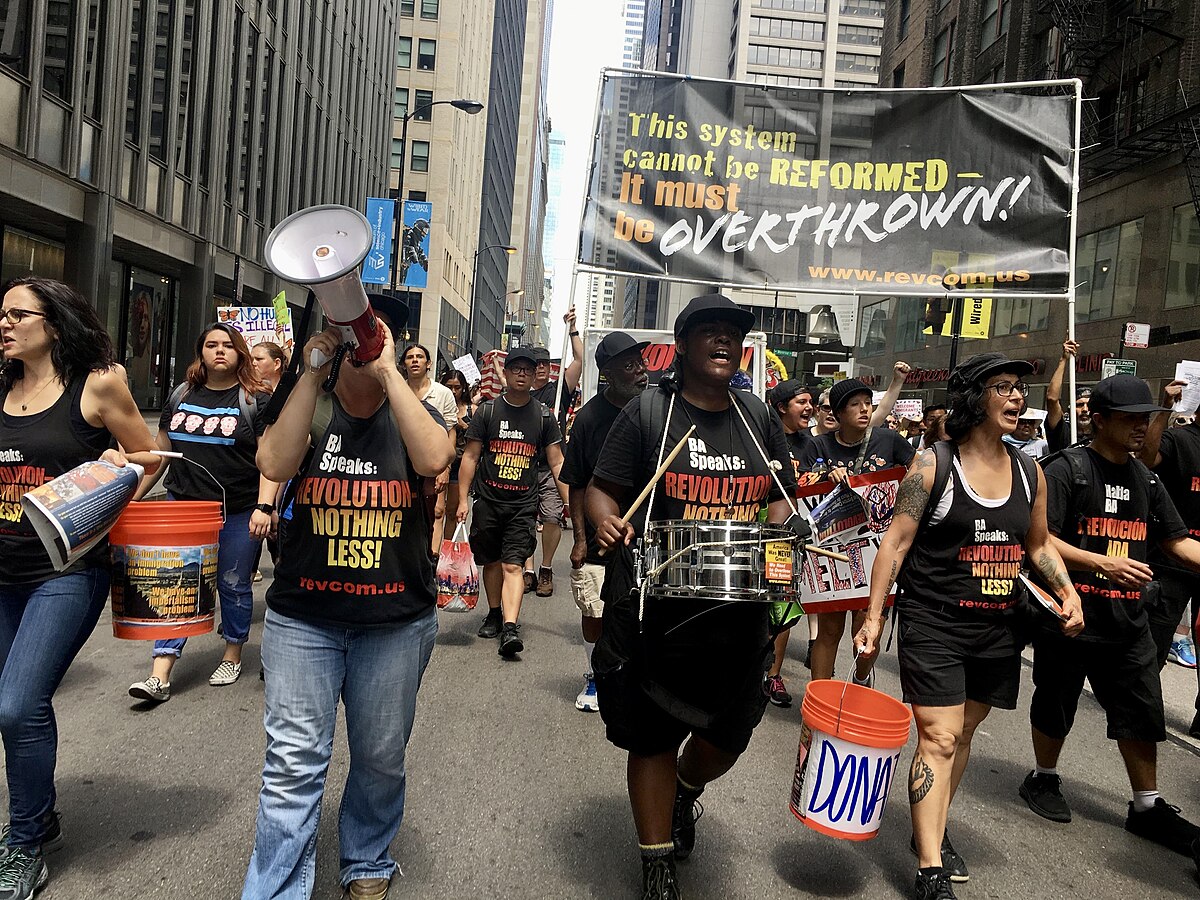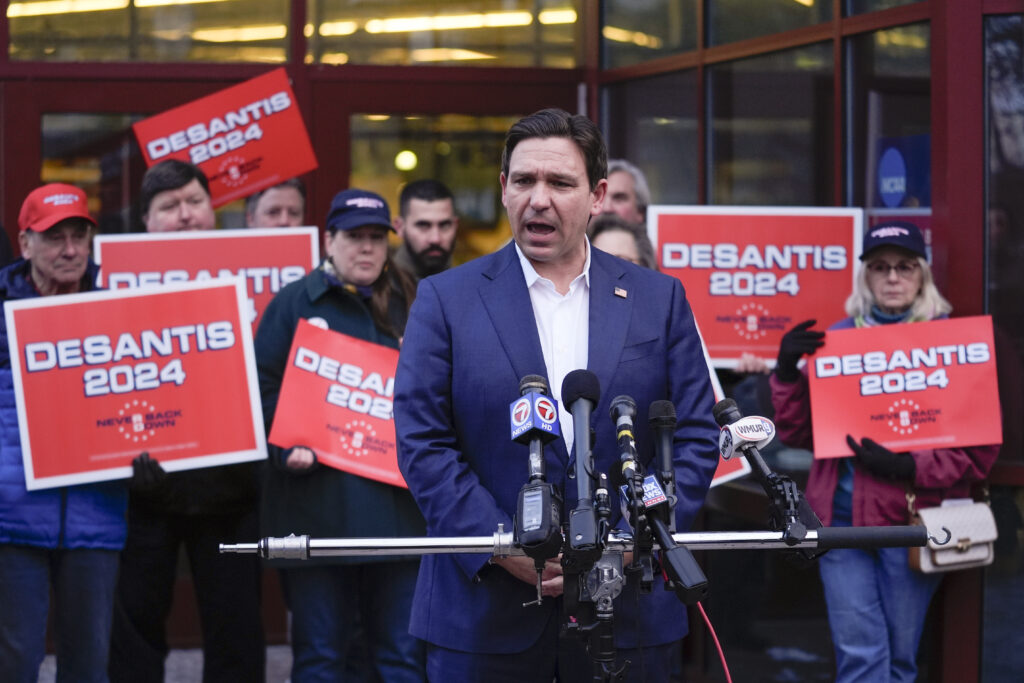Biden’s Pivot to ‘No-Brainer’ Media Strategy Upsets New York Times
President Joe Biden is prioritizing friendly media appearances over engaging with major newspapers and networks, leading to scrutiny. Despite claims of press interaction, his administration faces criticism for limited engagement. Biden’s recent media push aims to reach a broader audience through unconventional platforms, sparking debate on his communication strategy and electoral approach. President Joe Biden’s focus on friendly media appearances, while avoiding major newspapers and networks, has drawn criticism. Despite assertions of press engagement, his administration is under fire for limited interaction. Biden’s recent media efforts target a wider audience through unconventional channels, prompting discussions on his communication tactics and electoral strategy.
President Joe Biden is ramping up his appearances with friendly media personalities ahead of the 2024 general election, all while apparently spurning conversations with the nation’s largest newspapers, wires, and television stations.
At this point in his term in office, Biden trails his immediate White House predecessors, former Presidents Donald Trump and Barack Obama, in sit-down interviews, formal press conferences, and informal question-and-answer sessions with reporters. The White House press corps has pressured the administration for months, if not years, to increase the rate at which Biden, who entered office vowing to reinstate transparency to the office, interacts with the press.
Those requests have been politely rebuffed, with White House press secretary Karine Jean-Pierre and other senior administration officials claiming that Biden often fields questions from the press. Still, a recent report from Politico about the administration’s frosty relationship with the New York Times, all centered on factual coverage of the president’s age and general polling, underscores this White House’s arms-length approach to handling the press.
The New York Times responded to the report with a statement claiming that Biden sets a “dangerous precedent” by failing to sit for interviews with establishment media organizations, adding that it has met directly with Vice President Kamala Harris and her team to voice those concerns.
“Systematically avoiding interviews and questions from major news organizations doesn’t just undermine an important norm, it also establishes a dangerous precedent that future presidents can use to avoid scrutiny and accountability,” the statement reads. “[[New York Times publisher A.G. Sulzerberg]has repeatedly urged the White House to have the president sit down with the Washington Post, the Wall Street Journal, Reuters, CNN and other major independent news organizations that millions of Americans rely on to understand their government.”
Yet over the past two months, Biden has exponentially increased his interview output, just not on the traditional Washington media circuit.
Since the last week of February, Biden has sat for interviews on Late Night with Seth Meyers, The Howard Stern Show, and SmartLess, a podcast hosted by actors Jason Bateman, Will Arnett, and Sean Hayes. He and former Presidents Bill Clinton and Obama also took part in a tongue-in-cheek panel moderated by CBS late-night host Stephen Colbert in late March.
And Biden isn’t the only one getting in on the fun. Harris sat for an extended interview with ABC’s Drew Barrymore that ran Monday, where the actress gushed over Harris’s relationship with her stepchildren and asked her to be “Momala of the country.”
The cherry on top? Biden’s Saturday appearance at the annual White House Correspondents’ Dinner, where his tight, 10 minutes warming up the crowd for comedian Colin Jost felt more like an extended campaign ad than a true comedy set. Clips of Jost later explaining to Biden how his Staten Island firefighter grandfather, certainly not a traditional Democratic Party voter, backed him in 2020 and is doing so again this election because the president is simply “decent,” unlike Trump, went viral on social media.
Three veteran Democratic campaign operatives, all familiar with Biden’s reelection strategy, told the Washington Examiner that this recent interview push should be viewed not only as an extension of Biden’s “trusted messenger” strategy but also as a means of increasing the president’s reach while largely avoiding any number of negative headlines potentially hampering his reelection effort.
“In order to win in November, President Biden needs to reenergize the coalition that voted for him in 2020, many of whom aren’t maniacally reading every issue of the New York Times or Washington Post like we are here in D.C.,” one strategist told the Washington Examiner. “The campaign is looking to people trusted by the public, who have little to do with politics, to help remind voters about the kind of man President Biden is, compared with the other guy.”
“This is a no-brainer. President Biden can sidestep concerns about the economy or Gaza by interacting with programs who have huge followings and a vested interest in him beating Trump,” a second strategist cynically claimed.
The Biden campaign rejects the idea that the president is outright ignoring traditional media outlets, claiming that the president’s media appearances are tailored to meet specific demographics where they are already consuming news. In the midst of Biden’s recent stretch of softball interviews, he did sit down with NBC’s Jonathan Capehart in March to break down his third State of the Union, and this year alone, he’s done more than a dozen radio interviews with stations catering primarily to black and Hispanic communities.
“People in D.C. and New York may not always see it,” Biden campaign communications Michael Tyler explained to CNN in April of the president’s regional media approach. “But you know who is seeing it? The voters we are trying to reach.”
“Our North Star as a campaign is to make sure the president is to be in direct communication with the voters who will decide the pathway to the 270 electoral votes,” he continued. “These interviews we are able to do focus far more on the substance and the stakes that matter to voters than they do to folks in the beltway and New York.”
White House spokesman Andrew Bates also denied that Biden is intentionally avoiding hard-hitting political interviews.
“As a White House that believes deeply in the role of the free press in American Democracy, we would note that a mutually honest, fact-based, respectful back-and-forth is a cornerstone of any healthy relationship between a media outlet and an administration,” Bates wrote in a statement. “We have that kind of dialogue with the New York Times and many other media organizations.”
Furthermore, Biden campaign officials tell the Washington Examiner that the president’s gargantuan cash advantage over Trump is allowing the team to supplement their media strategy with robust advertising and a full-court social media press. The campaign has purchased more than $25 million in ads targeting minority voters in battleground states, with outside groups supporting Biden’s reelection purchasing millions of more airtime on their own.
Meanwhile, on social media, the Biden campaign continues to expand its “trusted messenger” network and is aiming to serve content, in some capacity, to every person eligible to vote in the 2024 election.
“We are living in the most graduated media environment that we ever have, full stop,” a senior Biden campaign official explained. “It is different than 2016. It is different than 2020. People are not consuming news in the same way. People are in different spaces, so that means we have to be in those different spaces.”
CLICK HERE TO READ MORE FROM THE WASHINGTON EXAMINER
“What we have to do is very different than what Trump has to do because what we have to do is we have to get the people who voted for us last time to just come back and show up for us,” that person continued. “When we look at the digital operation, it is not just TikTok, it’s not just Instagram, it’s not just digital ads.
“It’s quite literally everything because when we talk about this fragmented media environment — people are in all these places, different demos, different ages, whoever — so we have to make sure that we are hitting all these places because some people are on TikTok but they’re not on Instagram,” they added. “Some people may be on Instagram, but they’re not on TikTok, and then, of course, there are people who are on both, so we have to make sure that we are getting our message across and making it resonate.”
" Conservative News Daily does not always share or support the views and opinions expressed here; they are just those of the writer."





